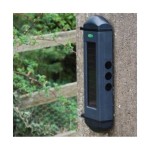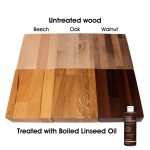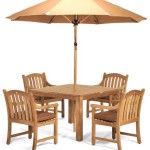Essential Aspects of Storage For Outdoor Furniture Cushions
Protecting your outdoor furniture cushions from the elements is crucial to ensure their longevity and maintain their aesthetic appeal. Proper storage techniques can prevent fading, mold, mildew, and other damage caused by rain, sunlight, and insects. Here are the essential aspects of storage for outdoor furniture cushions:
1. Choose Dry Storage Locations
Select storage areas that are well-ventilated and protected from moisture. Garages, sheds, or basements are ideal options as long as they are not prone to flooding or excessive humidity. Avoid storing cushions in damp or uninsulated spaces, as this can lead to mold and mildew growth.
2. Clean Cushions Before Storing
Thoroughly clean your cushions before storing them to remove dirt, debris, and any food or beverage spills. Use a mild soap solution and a soft brush or sponge to gently clean the fabric. Rinse with clean water and allow the cushions to air dry completely before storing them.
3. Use Protective Covers
If you cannot store your cushions in a fully enclosed space, consider investing in protective covers. These covers are designed to shield cushions from rain, dust, and sunlight. Choose covers made of durable and waterproof materials such as Sunbrella or vinyl. Ensure the covers fit snugly to prevent water from seeping inside.
4. Store Cushions Upright
Store cushions upright to prevent moisture from pooling and causing damage. Stacking cushions flat can create pressure points that lead to fabric distortion and potential mold growth. If possible, store cushions in a vertical position, leaning against a wall or hanging them from a hook.
5. Consider Vacuum Storage Bags
Vacuum storage bags can significantly reduce the volume of your cushions, making them easier to store. Vacuuming the air from the bags creates a tight seal that protects cushions from dust, moisture, and insects. To use vacuum storage bags, ensure the cushions are completely dry and then place them in the bag before vacuuming the air out.
6. Inspect Regularly
Inspect your stored cushions regularly, especially during periods of high humidity or heavy rainfall. Look for signs of mold, mildew, or insect damage. If you notice any issues, clean the cushions immediately and allow them to dry thoroughly before returning them to storage.
Conclusion
Storing outdoor furniture cushions properly is essential to extend their lifespan and maintain their appearance. By following these essential aspects of storage, you can protect your cushions from the elements and ensure they are ready to enjoy season after season.

Extra Large Patio Cushion Storage Quality Plastic Sheds

Outdoor Cushion Storage Shed Diy And Done The Inspired Room

Dextrus 70 Gallon Outdoor Storage Bench Loveseat Wicker Seat For Patio Furniture Cushions Pool Brown Com

How To Garden Cushions Fantastic Removals Blog

17 Shed Organization Ideas To Keep Your Outdoor Supplies Neat And Tidy Patio Furniture Cushion Storage

Laurel Foundry Modern Farmhouse Dillard 10 Piece Teak Sectional Seating Group With Cushions Re Patio Cushion Storage Sofa Waterproof Outdoor

Outdoor Cushion Storage Box Grandin Road

Dextrus Xl 150 Gallon Large Deck Box Outdoor Storage For Patio Furniture Cushions Garden Tools And Pool Toys With Flexible Divider Waterproof Lockable Black Com

Cushion Keeper Collapsible Storage Frontgate

120 Gallon Large Deck Box Outdoor Storage For Patio Furniture Cushions Garden








